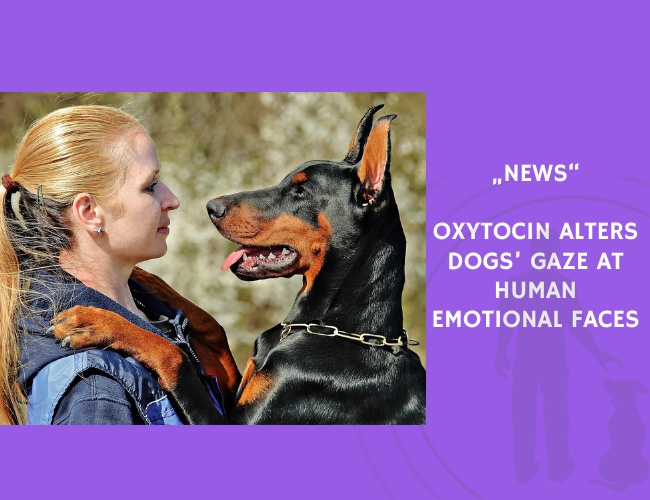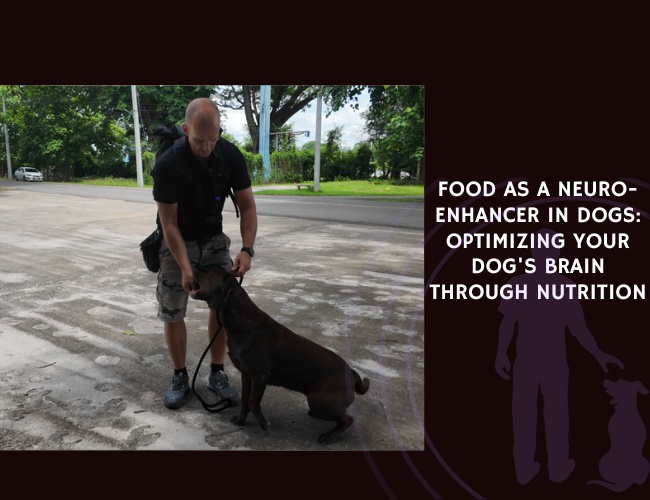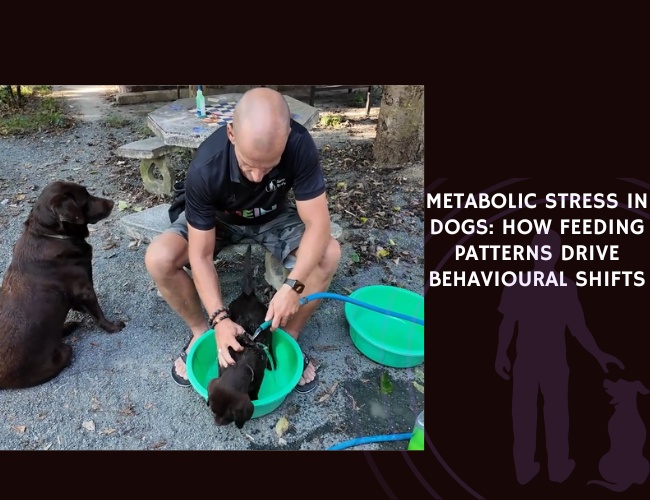Kis et al. (2017) investigated how oxytocin affects dogs’ processing of human facial emotions using a non-invasive eye-tracking method. Dogs naturally discriminated between facial regions, looking most frequently at the eye region regardless of expression. However, oxytocin altered this pattern in notable ways.
The study found that oxytocin reduced dogs’ attention to angry faces and eliminated their usual preference for the eye region when viewing happy faces. This suggests that oxytocin plays a regulatory role in how dogs interpret emotional cues, rather than simply enhancing attention.
The researchers also observed that dogs showed the greatest attention to the first two images presented, with a steep decline in interest afterward. This methodological insight highlights the importance of presentation order in dog cognition research.
These findings provide the first direct evidence that oxytocin influences dogs’ face-processing abilities, linking neuroendocrine systems to social cognition and human–dog communication. By modulating how dogs perceive emotional expressions, oxytocin may shape the emotional depth of the dog–human bond.
Source: Kis, A., Hernádi, A., Miklósi, B., Kanizsár, O., & Topál, J. (2017). The Way Dogs (Canis familiaris) Look at Human Emotional Faces Is Modulated by Oxytocin: An Eye-Tracking Study. Journal: Frontiers in Behavioral Neuroscience, Volume 11. Publication Date: 2017-10-31. Authors: A. Kis, A. Hernádi, B. Miklósi, O. Kanizsár, J. Topál. References: 96. Citations: 33.










